The 4 Most Important Lessons Every New Lifter Should Learn
- Get link
- X
- Other Apps
Weight training can be intimidating when you first start. Here are four key concepts that'll get you off on the right foot.
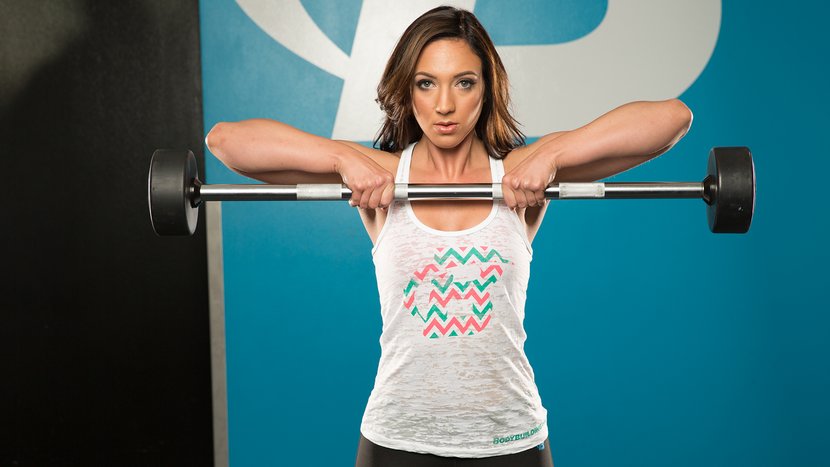
If you're new to weight training, you might feel completely overwhelmed by the equipment, the grunting and groaning, or the pressure to do the right exercises the right way with the right weight.
So let's step back from all the noise and focus on the most important aspects of weight training. Here are four critical concepts you'll want to get familiar with during your first few months of training. They'll help you make satisfying, safe progress toward your goals.
By the way, beginners have a huge advantage over the long-timers: In the first few weeks of training, you can make steady gains in strength that those of us who've been at it awhile can only dimly recall.
Lesson 1: Learn Basic Movement Patterns And How To Control Them
First, the basics: Your body is made up of a number of major muscle groups—notably the pecs, back, deltoids (shoulders), biceps, triceps, abdominals, quads, glutes, hamstrings, and calves. Each group consists of several individual muscles. The biceps is a muscle with two heads, the deltoids are a three-headed muscle group, the quads are four distinct muscles, and so on.
Each exercise is designed to work an individual head, an entire muscle group, or multiple muscle groups. Each exercise has a specific movement pattern or pathway. For example, to work your biceps, you flex your arm. There is a whole group of exercises called "arm curls" (or just "curls") designed to work your biceps in different ways.
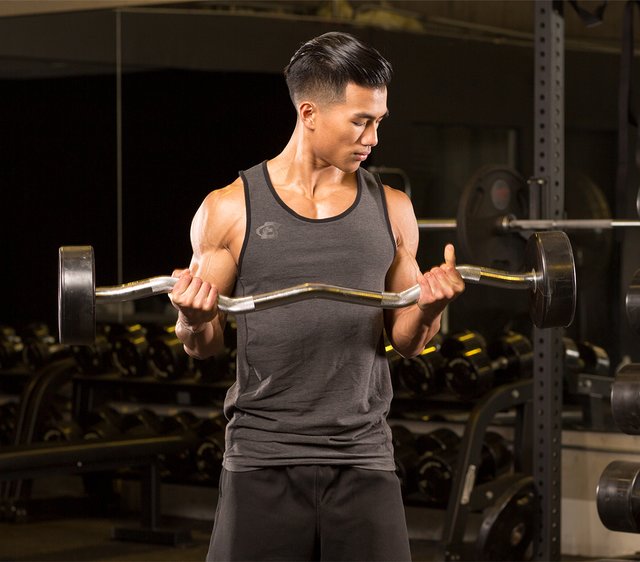
A good way to learn movement patterns is by using exercise machines. With most machines, the movement's range of motion is predetermined; all you do is adjust the machine to your body and move the load. In the process, you start to learn how your body should move. As you start to get a good feel for the movement pattern, try doing the exercise with dumbbells, barbells, kettlebells, or some combination.
Free weights are worth getting to know. They can recruit more of your musculature to provide the stabilization you would otherwise get from a machine. Later on, they'll also enable you to do more advanced exercises and techniques. And when the gym is really busy and all the machines are being used, they'll give you a way to keep working out.
Whether you're on a machine or using free weights, there are few common guidelines for beginners:
- As a rule, exhale as you lift or push the weight. Inhale as you lower the weight or return to the starting position.
- Never lock out a joint to hold a weight in the top position.
- Lower the weight just a little more slowly than you lifted it.
- Reverse direction smoothly at the bottom position. Don't use momentum to bounce the weight up again.
Lesson 2: Choose The Most Anabolic Exercises
When you start hanging around gyms more, you'll probably start to hear the terms "anabolic" and "catabolic" tossed around. "Anabolic" refers to the process of building up muscle, as opposed to "catabolic," when muscle is broken down. Exercises that recruit the most muscles are the most anabolic.
Resistance exercises are divided into two camps: those that "isolate" a muscle (called single joint) and those that recruit other muscle groups into the effort (called multijoint, or compound). Multijoint simply means multiple sets of joints are working together to complete a given lift. A bench press, for example, recruits the elbow and shoulder joints—and the muscles that attach to them. When your goal is to build muscle, put more of the multijoint moves in your workout.
Experienced lifters do multijoint exercises first in their workouts, when their energy levels are higher. Squats, rows, bench presses, overhead presses, deadlifts, and dips are multijoint exercises that should, over time, become the core of your training program.
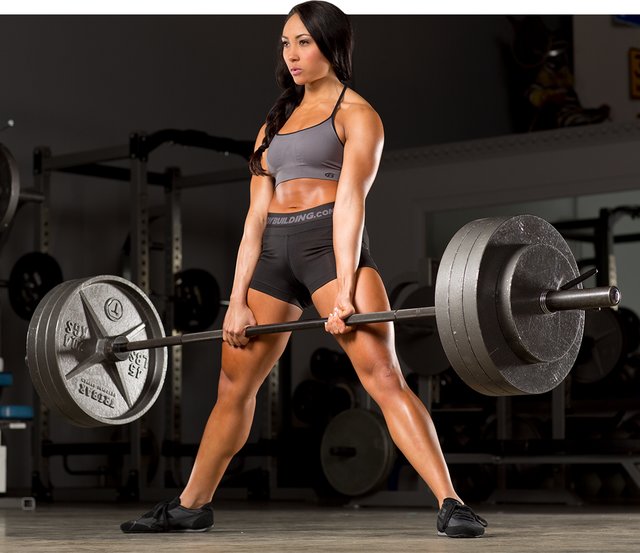
Since you can't lift nearly the same amount of weight with single-joint exercises, it's better to do them toward the end of your training session. The advantage of these exercises is that they enable you to focus the workload on a single muscle group. For example, biceps curls work just your biceps, leg curls focus only on your hamstrings, and lateral raises hit your middle delts.
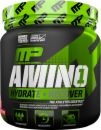
MusclePharm AMINO1
Increase Endurance and Hydration to Rebuild Muscle!
Lesson 3: Understand The Relationship Between Load And Reps
The first question beginners often ask is how much weight they should try to lift. When first starting out, you should "go light"; choose a weight that allows you to do 12-15 reps without reaching muscle failure. Go light so you can practice your form, then keep adding a bit more weight as you progress.
When you move on to more advanced training, you'll start doing fewer reps with heavier loads. But as a novice, steer clear of very heavy weights and forget about trying to see how much you can lift for a single rep. You never want to sacrifice form to lift a weight that's too heavy.
Even as a novice, it's good practice to start doing warmup sets using very light weights to loosen up your muscles and joints, rehearse the movement pattern, and focus your mind on the task. Warming up will help you avoid injury and enable you to lift heavier weights. Once you're warmed up, start doing your "working" sets.
If you want an overview of some of the important training factors to think about as you start lifting, take a look at "Building Muscle: A Scientific Approach."
Lesson 4: Train Your Whole Body Every Other Day
As a beginner, you'll probably want to start with a "whole body" routine that works every muscle group in a single session. Aim to do them every other day to ensure ample recovery time.
If you don't wait long enough between workouts, your body won't have enough time to repair your muscle fibers. If you wait too long, you start missing the compounding benefits of consistent workouts.
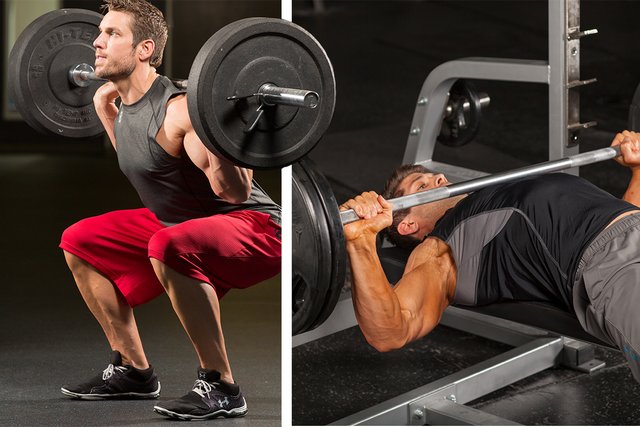
Later, as you split your workouts to focus on individual muscle groups, you'll train each body part less frequently—once or twice per week. But with the decrease in frequency comes an increase in training volume (the number of sets you do multiplied by weight).
Building muscle is a process of making microscopic tears in muscle fibers, then allowing those tears to heal and grow bigger and stronger with good nutrition and rest. You feel sore after a workout because the cumulative microtrauma causes inflammation, which can last 1-2 days. If you feel too much soreness, you may have pushed your body too hard.
Don't make the mistake of thinking that daily, aggressive workouts will get you swole in no time; progress comes with a combination of hard work and ample rest.
Be Patient. Be Consistent
Like many other skills, learning how to resistance train is a marathon, not a sprint. Start by using light loads, and focus on learning proper form. Add weight gradually, and give your body the rest and nutrition it needs to grow.
Do those things, and you'll move forward quickly and safely. Don't be that person who just strolls into a gym and has no plan, randomly walking from one exercise to the next. To get the most out of your efforts, use your head and your body.
- Get link
- X
- Other Apps

Comments
Post a Comment